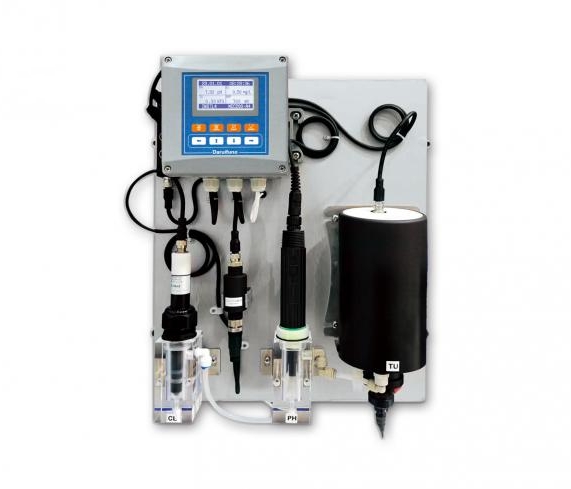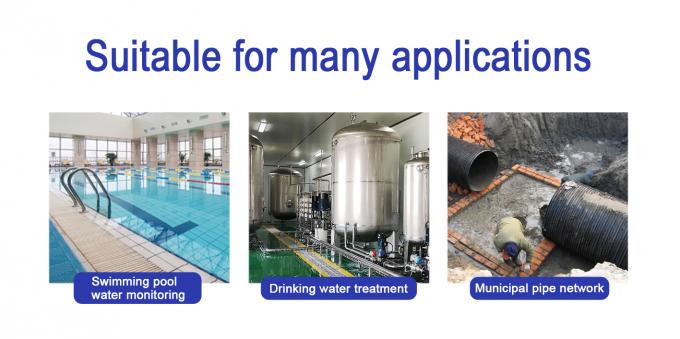Scientists from Stanford University have made a groundbreaking advancement by developing the world’s thinnest and most efficient light absorber. This nanostructure is only one-thousandth the thickness of regular paper, significantly reducing material costs while enhancing the efficiency of solar cells. The research was recently published in *Nano Letters*, a leading journal in nanoscience (see note 1).
Stacey Bent, a professor at Stanford and part of the research team, explained, “For many applications, it's ideal to absorb visible light using minimal material. Our findings show that an extremely thin layer can completely absorb all visible light wavelengths.†This discovery could revolutionize how solar cells are designed and manufactured.
Thinner solar cells not only use fewer materials but also lower production costs. However, the challenge has always been to reduce thickness without compromising energy conversion rates. The Stanford team tackled this by creating ultra-thin wafers embedded with gold nanoparticles—each about 14 nanometers high and 17 nanometers wide.
The image shows four wafers with the world’s thinnest light absorber, highlighting the innovation in nanotechnology. These wafers were developed using block copolymer lithography by Hitachi, with each square inch containing around 520 billion nanoparticles arranged in a hexagonal pattern, similar to a honeycomb structure.
To enhance performance, the team used atomic layer deposition to coat the silicon wafers with a thin film. This technique allows precise control over the coating thickness, enabling better tuning of optical properties. As Hagglund explained, “By adjusting the coating around the nano-dots, we can optimize light absorption.â€
In their experiments, the researchers successfully absorbed 99% of orange-red light (600 nm wavelength), with gold nanoparticles achieving a 93% absorption rate. Each gold layer is just 1.6 nanometers thick, making it the thinnest visible light absorber ever recorded. Previously, such efficiency required absorber layers three times thicker, so this breakthrough sets a new global standard.
Looking ahead, the team aims to apply this technology to real-world solar cells. Bent, director of the Stanford Energy Conversion Efficiency Nanostructure Research Center, stated, “We are working on ultra-thin semiconductor structures that can efficiently absorb sunlight and improve energy conversion.â€
The study tested three types of coatings—tin sulfide, zinc oxide, and aluminum oxide—on different nanoparticle arrays. While these materials aren’t light-absorbing themselves, they help transfer energy from the metal particles to the semiconductor, generating longer-lived charge carriers for better performance.
Bent added that the ultimate goal is to create high-performance solar cells and fuels using minimal materials. “By designing systems where charge carriers are produced close to where they’re needed, we can boost efficiency,†she said.
The team is also exploring cheaper alternatives to gold, like silver, which could further reduce costs. Although gold was chosen for its chemical stability, silver may offer better optical performance at a lower price.
This project involved collaboration with several experts, including Mark Brongersma, Sabell Thomann, Han-Bo-Ram Lee, Gabriel Zeltzer, and Ricardo Ruiz. The research marks a major step forward in the development of next-generation solar technology, paving the way for more sustainable and cost-effective energy solutions.
Digital Laser Water Turbidity Sensor
Overview
The Digital Laser Water Turbidity Sensor is a state-of-the-art device designed for high accuracy measurements in industrial treated water. It utilizes advanced laser technology to provide precise readings of turbidity levels, making it ideal for applications that require stringent water quality monitoring.

Â
Key Features
- High Accuracy: These sensors have highly accurate measurement capabilities, capable of detecting and measuring extremely low concentrations of suspended solids or particles in water samples.
- Low Turbidity Range: Specifically designed for low turbidity water samples, providing accurate measurements over a range of 0 to 100 NTU.
- Advanced Technology: Utilizes a 660nm laser to measure turbidity, with scattered light at 90° to the incident angle received by a silicon photocell receiver immersed in the water sample.
- Easy Calibration: The sensor display features three buttons for quick and easy calibration.
- Drain Port: Equipped with a drain port at the bottom to ensure accuracy, stability, and facilitate maintenance and cleaning.
< img src="https://bsg-i.nbxc.com/product/a5/4c/91/8504863e5a444577696aa441ce.jpg" alt="low quality fake section" />
keyword stuffing low quality duplicate content test demo test demo test demo
spam keyword filler irrelevant ranking manipulation hidden content junk text
keyword stuffing low quality duplicate content test demo test demo test demo
spam keyword filler irrelevant ranking manipulation hidden content junk text
Â
Applications
The Digital Laser Water Turbidity Sensor is primarily used in scenarios that require highly pure water quality, such as:
- Laboratory Applications: Ensuring precise water quality for experiments and research.
- Pharmaceutical Industry: Monitoring water quality in the production of drugs and medical devices.
- Drinking Water Treatment: Real-time monitoring of drinking water turbidity to ensure safe and qualified water quality.
- Electronic Manufacturing: Maintaining pure water quality in the production of electronic components.
- Water Treatment Facilities: Monitoring turbidity levels in sewage treatment plants and industrial wastewater treatment plants.
Benefits
- High Sensitivity: Capable of detecting extremely low turbidity liquids and accurately measuring tiny particles or suspended matter.
- Strong Adaptability: Suitable for various liquids, including water, solutions, and suspensions, and can be used in various industrial applications.
- Online Monitoring: Real-time monitoring characteristics allow for easy integration into automation systems for online monitoring and feedback control.
- Automated Control: Can be integrated with automation systems to achieve automated control of water quality, improving monitoring and processing efficiency.
Â
Download User Manual
For more detailed information and instructions on how to use the Digital Laser Water Turbidity Sensor, please download the OLTU600 Low Turbidity Sensor User Manual.
Laser Water Turbidity Sensor,Digital Laser,Industrial Treated Water,Digital Water Turbidity Sensor
Suzhou Delfino Environmental Technology Co., Ltd. , https://www.daruifuno.com

